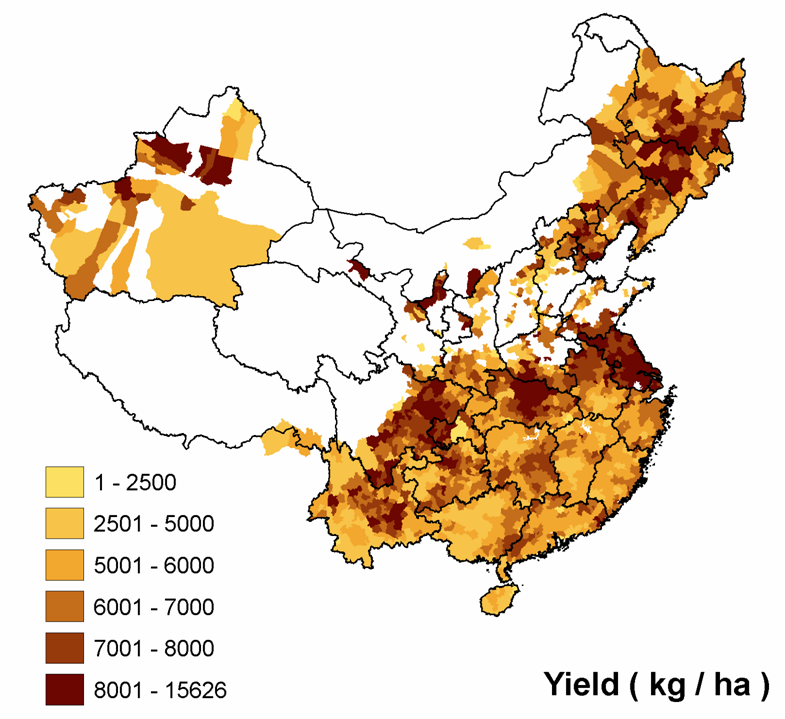The 8th African Crop Science Society meeting will take place in Egypt from 27 to 31 October. Could be some interesting papers, if anyone survives scrutiny of the conference web page). We keep saying this, and we keep meaning it: if any reader is at the meeting and wants to send a report, we’ll be happy to receive it.
BGCI Video Project
Botanic Gardens Conservation International wants YOU to make a film! I hope some of them at least will be about the agricultural biodiversity that botanic gardens conserve and study — crop wild relatives, for example. But hey, don’t forget we have a video competition here too!
Rice, China and climate change

Remember Jeremy has an omnibus post about Chinese agrobiodiversity.
Agrobiodiversity 101
This article introduces an ongoing series that will examine the many lesser-known plants and animals that could benefit humanity … if we work to preserve them.
So far, so uncontroversial. The way people play with the “X food supply from Y species” thing intrigues me, as does the “Z edible species” assertion. These numbers have the ring of the catechism about them. But as a summary to the issues, this series may prove worthwhile.
Healthier farmers, better products
That’s the theme and title of the latest issue of LEISA Magazine, which explores “how human health is being improved through good natural resource management and maintenance of ecosystem health.” There are articles on neglected crops, traditional medicinal plants and organic agriculture, among other things — lots of agrobiodiversity related stuff. Thanks again to Danny for the headsup. Great reading.